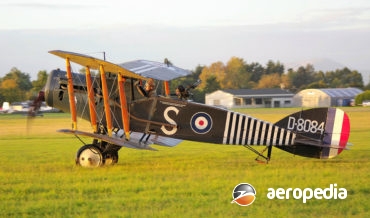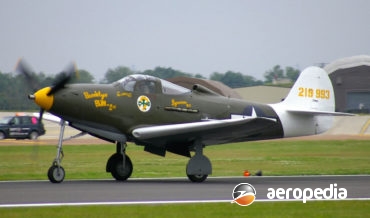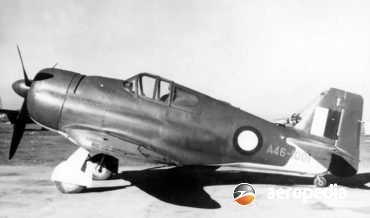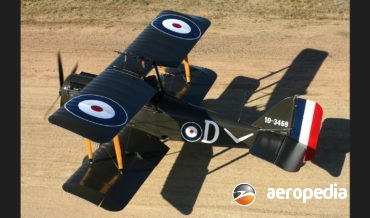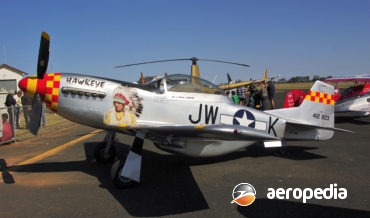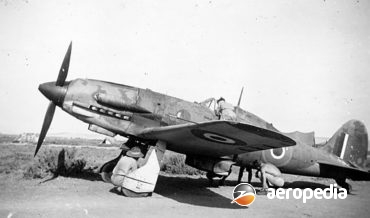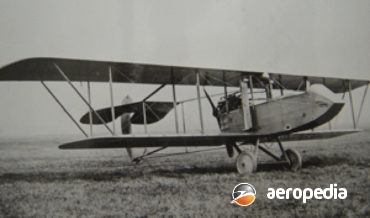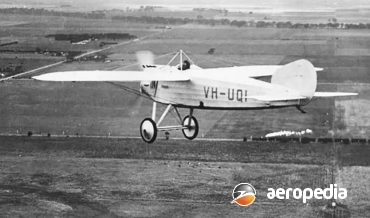All Contents
Contents
Known as the Brisfit, the Bristol Fighter was produced in large numbers during World War I as the F.2A and F.2B, some 5,308 examples being constructed with a variety of engines, including the Rolls Royce Falcon I, Falcon II, Falcon III, 112 kw (150-hp) Hispano Suiza, 149 kw (200-hp) Hispano
David C. Eyre
- May 19, 2019
Following the cancellation of the A-12 Avenger II attack aircraft for the US Navy, and the decision by the US to not adapt the F-22 Raptor for carrier operations, it was decided to develop a new variant of the F/A-18 Hornet known as the Super Hornet, this being similar in
David C. Eyre
- May 19, 2019
In 1936 Bell Aircraft Corporation designed what was to be a radical departure from the norm for fighter aircraft at that time, having the engine behind the pilot driving the propeller by means of an extension shaft.
David C. Eyre
- May 19, 2019
In an attempt to increase the performance of the indigenous Boomerang fighter, consideration was given to the increase in the power of the engine installed and to this end, as the Twin Wasp engine then fitted was not supercharged sufficiently to permit adequate high-altitude operations, it was decided to obtain
David C. Eyre
- May 17, 2019
Squadron Aviation in Ohio in the United States produced a number of scale replicas of World War I fighters, including the Spad XIII, Fokker D-VII and the RAF SE-5a.
David C. Eyre
- May 8, 2019
The Stewart S-51D is a 70-percent scale replica of the North American P-51D Mustang fighter aircraft of World War II and was introduced to the market in 1994 as a fully-aerobatic, high performance, accurate reproduction of the P-51D Mustang.
David C. Eyre
- May 8, 2019
The Spitfire Aircraft Company Ltd was set up to build kits and parts for amateur builders interested in building and flying a full scale replica of the Supermarine Spitfire constructed from wood.
David C. Eyre
- May 8, 2019
The C.202 Folgore (Lightning) was first encountered by allied forces over Sicily in 1941 and was found to be the Regia Aeronautica’s (Italian Air Force) first fighter aircraft able to cope with allied fighter aircraft and was reported to retain the beautiful control co-ordination and superlative manoeuvrability which had characterised
David C. Eyre
- May 8, 2019
Photograph: Macchi C.205V MM9377 whilst with No 3 Squadron RAAF in North Africa (Author’s collection) Country of origin: Italy Description: Single-seat fighter and fighter bomber Power Plant: One 1,100 kw (1,475 hp) Fiat RA.1050 RC58 Tifone 12-cylinder VEE liquid-cooled engine Specifications: Wingspan: 10.58 m (34 ft 8½ in) Length: 8.85
David C. Eyre
- May 8, 2019
In February 1940 Kawasaki Kokuki Kogyo KK was asked to design a fighter around the licence built Daimler-Benz DB 601A twelve-cylinder VEE engine, and to this end the Ki-60 evolved, the prototype flying in March 1941. Initial trials were not particularly successful, and the aircraft was redesigned as the Ki.61
David C. Eyre
- May 8, 2019
The MJ-10 is a 75% scale replica of the Supermarine Spitfire designed by the late Marcel Jurca in France and is made available in plan form for construction by amateur builders.
David C. Eyre
- May 8, 2019
The W Starling Burgess Co of Marblehead, Massachusetts, which had been for some years manufacturing speedboats, produced a Curtiss designed seaplane with a pusher engine located at the rear of the wings.
David C. Eyre
- May 8, 2019
The Bristol M-1C, designed by Captain F S Barnwell in 1916, was a breakaway from contemporary design standard because, as a wire-braced monoplane, it represented an attempt to produce an aerodynamically clean airframe.
David C. Eyre
- May 8, 2019
Recent Comments
Archives
Categories
- No categories
Categories
- No categories
Latest Posts
Newsletter

